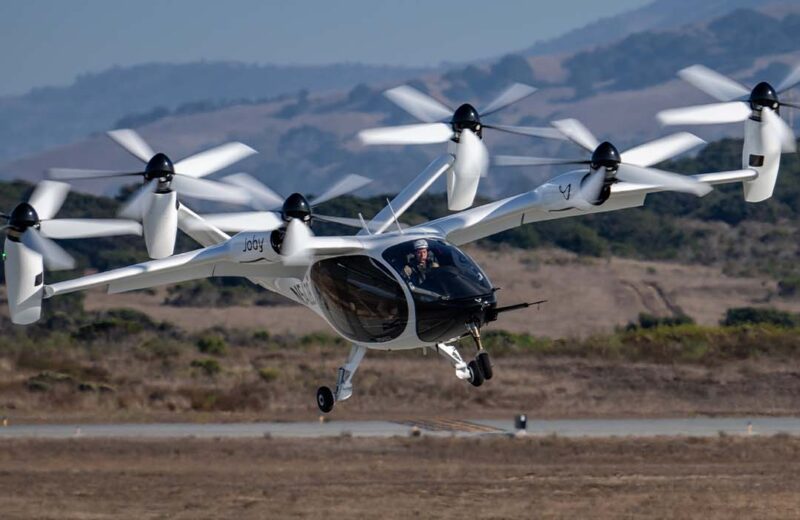FAA finalises airworthiness criteria for Joby’s eVTOL

Today, the FAA will publish the final airworthiness criteria for Joby Aviation’s JAS4-1 eVTOL aircraft.
The publication comes 15 months after Joby’s proposed airworthiness criteria were initially released on the Federal Register in November 2022. The final 130-page document received 46 responses, largely from government agencies, private companies and organisations. Commenters included: EASA, UK CAA, NBAA, BETA Technologies and Volocopter. The document will be published today and is currently downloadable as an unpublished PDF on the Federal Register.
The FAA has made a number of changes to the criteria from the proposed document. However, as first reported by The Air Current, none of these changes require Joby to redesign its aircraft.
Changes included but were not limited to the following: The agency made alterations to the aircraft performance section to include an optional, “increased performance” approval, which requires greater aircraft performance capabilities beyond that of the baseline “essential performance” approval.
Potential scenarios resulting from loss of thrust were consolidated into a “consistent terminology” across the criteria. The FAA also said the aircraft must be capable of a controlled emergency landing following any condition where it can no longer provide the commanded power or thrust required to safely continue flying.
The FAA revised the aeroelasticity criteria in reaction to concerns expressed by the public related to “whirl flutter” and aeromechanical stability. It said it agrees that whirl flutter and all similar instabilities related to rotating surfaces, nonaeroelastic aeromechanical stability and power generating components should be addressed for the JAS4-1. But it disagrees with using the specific term “whirl flutter”, as doing so may incorrectly limit the scope to classical airplane whirl flutter only, and not address all possible instabilities for the configuration.
The agency also clarified that, if Joby applies to amend the type certificate to include another powered-lift model, these airworthiness criteria would apply to that model also, provided the criteria remain appropriate to the changed aircraft in accordance with part 21, subpart D. Such a change was necessary so that each future change will not necessarily require Joby to apply for a new type certificate.
It did not decide to push ahead with the proposed requirement to incorporate a bird strike deterrent system. The FAA said, although it is aware of some research supporting the use of such devices, it agrees data is insufficient to mandate such a system at this time. But it does encourage applicants like Joby to consider voluntary implementation of “bird deterrence mitigations” as good design practice.
The document also revealed the FAA spent a number of days (October 31 to November 2, 2023) with representatives from EASA. The parties discussed “harmonisation activities on the requirements and means of compliance for type certification of powered-lift/VTOL aircraft generally”.
Whilst the agency did not drastically change its approach, following directly on from the talks with EASA, it changed the proposed requirement to comply with § 23.2250(c). It did so by adding the sentence: “The applicant must prevent single failures from resulting in a catastrophic effect upon the aircraft” to § 23.2250(c) (now JS4.2250(c)) to clarify that while single point failures are allowed in the design, they must be prevented from resulting in a catastrophic effect on the aircraft.
A Joby spokesperson told us recently: “We have a clear path to certifying every aspect of our aircraft, and the team is full steam ahead on executing against that path as we continue to lead the industry to commercialisation.
“Additionally, our landmark agreement with the government of Dubai provides another path to operations as early as 2025.”






